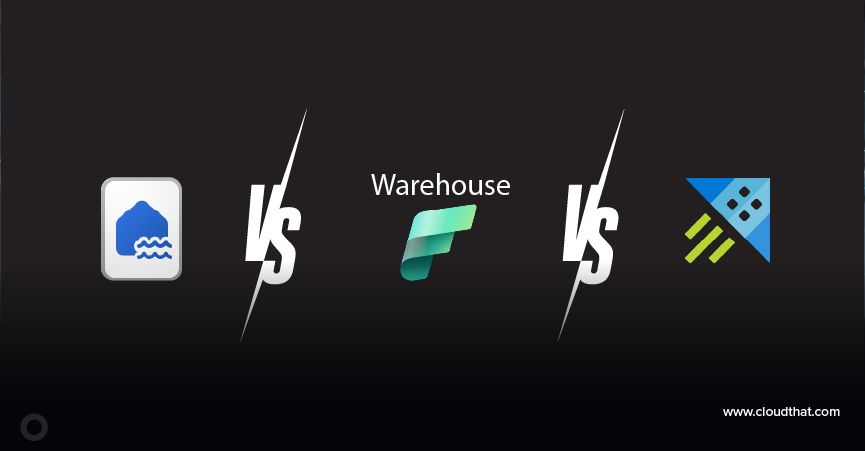|
Voiced by Amazon Polly |
Introduction
The Vision Transformer (ViT) is a neural network architecture designed specifically for image recognition tasks.
This potentially results in superior performance compared to traditional Convolutional Neural Networks (CNNs).
ViT has demonstrated exceptional results on various image recognition benchmarks, including fine-grained recognition tasks such as identifying different bird species in images. However, it is computationally intensive and requires a large amount of training data to achieve optimal performance.

Figure 1: Architecture of Vision Transformer (ViT) (Dosovitskiy et al., 2020)
The ViT architecture is effective in various settings, including image classification, object detection, and segmentation. Additionally, recent research has explored the potential of hybrid architectures that combine the strengths of ViT and CNNs to achieve even better results.
Pioneers in Cloud Consulting & Migration Services
- Reduced infrastructural costs
- Accelerated application deployment
Implementation of the Vision Transformer
The PyTorch module ViT, which implements the Vision Transformer architecture, is defined in this code. The module’s constructor takes several inputs, including image size, patch size, number of classes, patch embedding dimension, transformer hidden layers, number of transformer heads, and MLP feedforward layer dimension.

In the forward method, an input image tensor is passed through various layers, including the patch embedding layer, positional embedding layer, transformer encoder, layer normalization layer, and output layer. The resulting tensor is then returned as the module’s output.
An example of training the Vision Transformer model on the CIFAR-10 dataset using PyTorch is also provided.


This example demonstrates applying data augmentation techniques to the CIFAR-10 dataset using PyTorch’s transforms module, including random cropping and horizontal flipping. A DataLoader is created to load the dataset into batches for training.
The ViT model is instantiated and moved to the device (GPU or CPU), and the optimizer is defined as Adam. The model is trained for the specified number of epochs, iterating over each batch of images and labels. The cross-entropy loss is computed and backpropagated to update the model weights. The loss is printed after every 100 steps to monitor the training progress.
Note that the vit module contains the implementation of the ViT class used in the example and can be defined in the code or imported from a separate module.
Conclusion
The Vision Transformer (ViT) is a recently introduced neural network architecture that utilizes self-attention mechanisms to generate global feature representations of an input image for image classification tasks. It has shown remarkable performance on various image classification benchmarks and holds potential advantages like scalability, adaptability, and interpretability over traditional convolutional neural networks. ViT has gained considerable attention in the computer vision research community, and its success has sparked interest in exploring the possibilities of transformer-based models for other computer vision applications beyond image classification. Further research is required to determine the feasibility and effectiveness of ViT in real-world applications and to explore hybrid architectures that combine the strengths of ViT and traditional CNNs.
Making IT Networks Enterprise-ready – Cloud Management Services
- Accelerated cloud migration
- End-to-end view of the cloud environment
About CloudThat
CloudThat is an award-winning company and the first in India to offer cloud training and consulting services worldwide. As a Microsoft Solutions Partner, AWS Advanced Tier Training Partner, and Google Cloud Platform Partner, CloudThat has empowered over 850,000 professionals through 600+ cloud certifications winning global recognition for its training excellence including 20 MCT Trainers in Microsoft’s Global Top 100 and an impressive 12 awards in the last 8 years. CloudThat specializes in Cloud Migration, Data Platforms, DevOps, IoT, and cutting-edge technologies like Gen AI & AI/ML. It has delivered over 500 consulting projects for 250+ organizations in 30+ countries as it continues to empower professionals and enterprises to thrive in the digital-first world.
FAQs
1. What are the benefits of ViT model over CNN models?
ANS: – ViT offers several advantages over CNNs such as scalability, adaptability, and interpretability:
- Scalability: ViT is highly scalable and can handle images of any size without requiring architecture modifications. This is because ViT operates on fixed-size patches of the input image that are processed by a transformer network.
- Adaptability: ViT can easily adapt to different computer vision tasks beyond image classification. It can be used for object detection, segmentation, and generation tasks, among others.
- Interpretable: ViT is more interpretable than CNNs because it uses self-attention to compute global feature representations of the input image. This allows us to visualize and understand how the model attends to different parts of the image when making predictions.
2. What is CNN model?
ANS: – CNN stands for Convolutional Neural Network. It is a type of neural network, a class of machine learning models that are loosely inspired by the structure and function of the human brain. CNNs are particularly suitable for image recognition and computer vision tasks because they can automatically learn and extract features from images by performing a series of convolution and pooling operations.
3. What is image recognition in deep learning?
ANS: – Image recognition in deep learning refers to the ability of a computer program to identify and classify objects within digital images. It is a subset of computer vision, which is a field of artificial intelligence that focuses on enabling machines to interpret and understand visual information from the world around us.

WRITTEN BY Daneshwari Mathapati
Daneshwari works as a Data Engineer at CloudThat. She specializes in building scalable data pipelines and architectures using tools like Python, SQL, Apache Spark, and AWS. She is proficient in working with tools and technologies such as Python, SQL, and cloud platforms like AWS. She has a strong understanding of data warehousing, ETL processes, and big data technologies. Her focus lies in ensuring efficient data processing, transformation, and storage to enable insightful analytics.


 Login
Login


 June 7, 2023
June 7, 2023 PREV
PREV











Comments